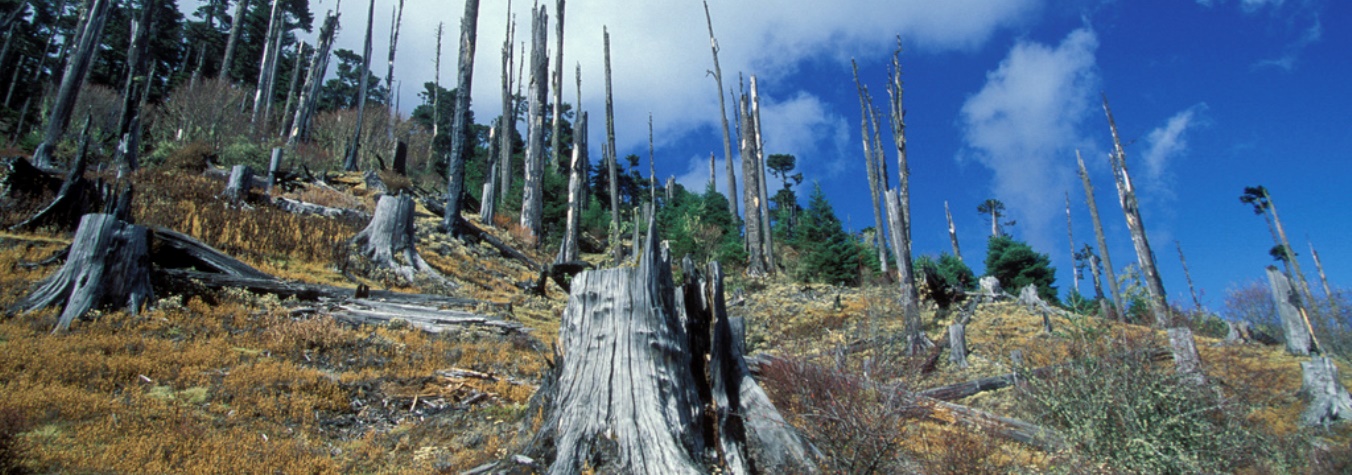
When I was working as a journalist in Peru in 1999, I saw the devastation of the 1997-98 El Nio first hand. Heading north from Lima, the flood damage to homes was clearly visible. Large sections of road were cut off by landslides, buildings were turned to rubble and cultivated fields were laid to waste.
Rising sea surface temperatures suggest that another El Nio is on its way. The UN's weather agency, the World Meteorological Organisation, says there is a 60% chance of it starting before September this year. An El Nio event usually happens every five years, but a severe one hits every 15 to 20 years. We are due for another.
The El Nio Southern Oscillation, to give it its full title, is characterised by higher water temperatures in equatorial regions of the Pacific Ocean, which leads to changes in wind patterns. This has widespread effects, from higher-than-normal rainfall in the Americas, to droughts in India and Australia, to heavy snowfall in the UK. If a severe El Nio hits this year it would bring heavy rainfall to South America in December. Much needs to be done to protect lives and livelihoods, and the next four months are critical.
In Peru, local governments have identified flood control channels and embankment projects that would help minimise losses. A recent report published by UNDP and ODI says local governments should come up with their own risk management projects and seek support to implement them. But national government bureaucracy in Peru is holding things up. In the border province of Piura, 115 small projects have been identified to prevent flooding and landslides, but none have received funding yet, and local officials are getting nervous. There are even calls for the National Public Investment System to relax its rules to allow projects to start immediately.
In neighbouring Ecuador there are problems that may take longer to fix. Disaster risks are not addressed in 90% of Ecuadors municipal development plans, said a source in a provincial planning department. This means that buildings keep going up in high-risk areas.
Despite these issues, much has changed in South America since 1998. I would expect the impact of a severe El Nio to be less damaging. Banks across South America are in better financial shape this year to deal with the costs than in the past, according to Moody's Investors Service. Over the last decade, economic growth, poverty reduction and disaster risk governance reforms have made Peru and Ecuador more resilient to climate extremes. At the Regional Platform for Disaster Risk Reduction in the Americas last month, Ecuador's Minister of Defence, Mara Fernanda Espinosa, spoke of "constant improvements in practices, laws and standards for risk reduction".
Scientists now know a lot more about El Nio and can give advance warning of the kind of event that is expected. I spoke to UNDP Perus Alfredo Zerga, who said that a great deal can be done to prepare for a severe El Nio now. Families can find out if their home is in a flood-prone area as all local governments have risk maps, and they can identify points that are higher than the surrounding topography. These actions will certainly help save lives.
So how will South America fare when the next severe El Nio hits? Thanks to strong economic performance, political will and decentralisation of risk management, we have come a long way since 1999. But populations are still at risk and urgent action is needed.
In Luca Florez's Action4Climate documentary Back to Paoyhan, a shipibo shaman visits his home community in the Peruvian Amazon after the flood.
Watch below.



